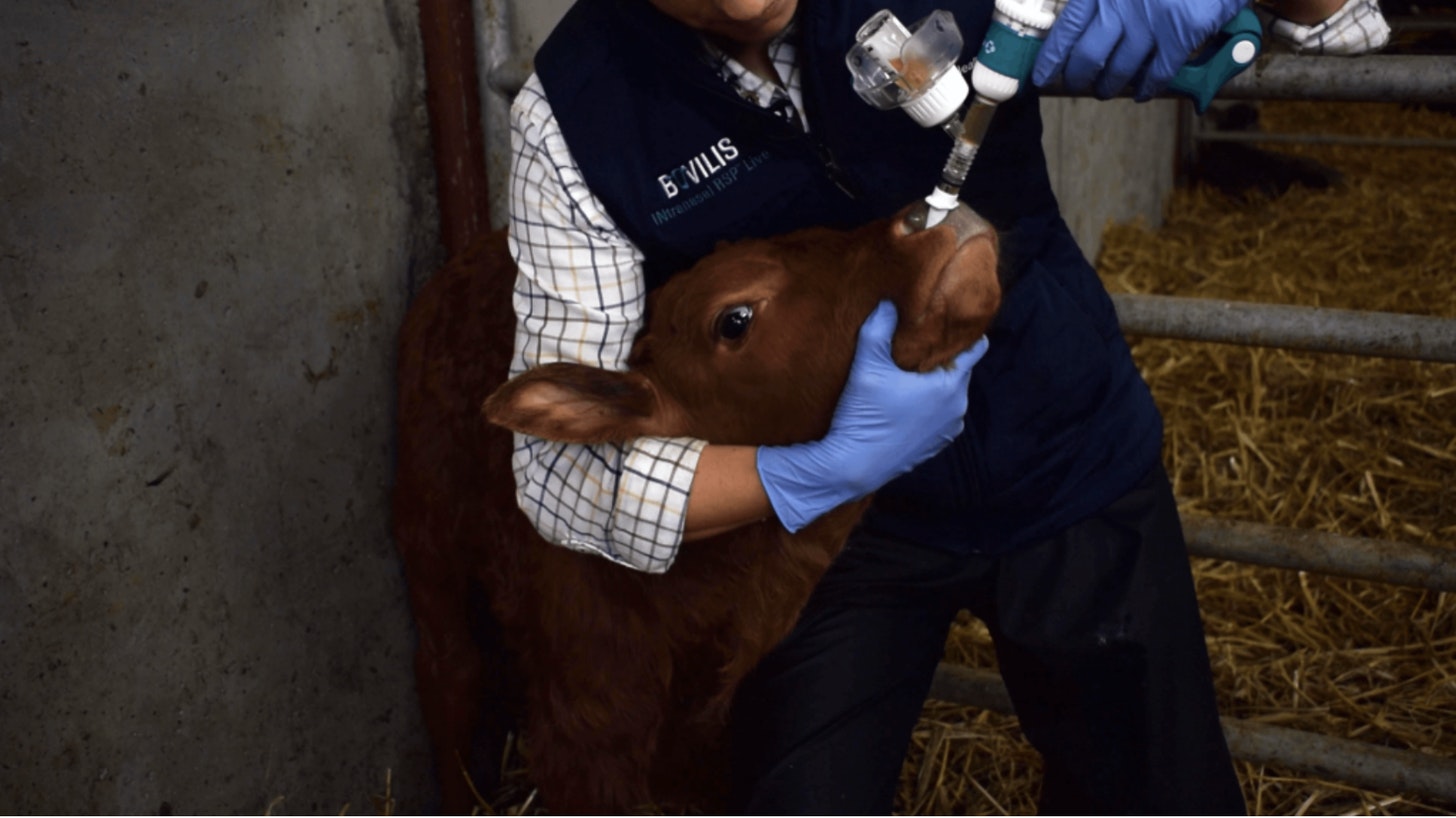From the original article on September 26, 2021. Author: eugyppius.
There is good reason to think that HCoV OC43, a common betacoronavirus responsible for minor cold-like symptoms in humans, started out in cows. It is closely related to bovine coronavirus (BCoV), which has long caused serious respiratory illness and diarrhoea in cattle. In all likelihood, the bovine virus jumped to humans around 1889, and was the pathogen behind the so-called Asiatic or Russian Flu. Intriguingly, this is the only other novel coronavirus pandemic we know about. It unfolded across the world in multiple seasonal waves, lasting in some places through 1895.
Today, of course, OC43 is a minor virus that nobody cares about. A big part of the reason it doesn’t matter, is that everybody develops multiple infections in childhood, when (as with SARS-2) the symptoms are minor. As adults they therefore enjoy substantial protection when they are occasionally reinfected. Keep this in mind every time somebody tries to convince you that keeping schools closed and children immunologically naive is somehow the best way forward.
Bovine coronavirus is now recognised to be one of various viral and bacterial pathogens responsible for Bovine Respiratory Disease, a catch-all term for the respiratory symptoms that afflict feedlot cattle in particular. While some cattle die of BRD, the bigger problem is that it prevents weight gain in many others. Otherwise, BCoV is transmitted also via the faecal-oral route, causing sometimes-fatal diarrhoea in newborn calves, as well as in adult cows during the winter calving season.
BCoV is the only other betacoronavirus, aside from SARS-2, against which vaccines are widely deployed. This makes it a particularly significant comparison case. Traditionally, cows are innoculated with live attenuated virus vaccines shortly before calving, so their calves receive protective antibodies through colostrum. A string of old articles casts doubt on whether these vaccines have ever worked that well. One finds no difference in disease outcomes or mortality between vaccinated and unvaccinated cattle, another finds that the vaccines hardly raise antibody titres, and a third finds no vaccine-associated reduction in seasonal coronavirus shedding. In recent decades, intranasal attenuated virus vaccines are also used to protect newborn calves against respiratory symptoms. The colostrum antibodies aren’t enough to stimulate the mucosal immunity necessary to defend against respiratory infection.

Various low-quality studies on the success of these intranasal vaccinations are not encouraging. This one from 2004, for example, finds 36% efficacy against respiratory symptoms severe enough to require treatment.
Even vaccines for animal coronaviruses that do not spread via the respiratory tract have terrible track records. Consider all the vaccines against porcine epidemic diarrhea virus (PEDV), an alphacoronavirus responsible for substantial mortality in piglets. While many different PEDV vaccines have been developed, most are considered to provide incomplete protection to naïve animals.
Some of the literature suggests attenuated virus vaccines may protect 25-50% of pigs, depending on the dose, but elsewhere vaccine efficacy is widely questioned, and antigenic drift means that even marginally effective vaccines for PEDV are always going out of date.
It would be easy to include many more examples, but the lesson is clear enough: Decades of experience with coronavirus vaccines in animals shows that the most successful of these products protect against infection for a period of weeks or months at most. Indefinite booster regimens or annual revaccinations are routine for animals that aren’t destined for immediate slaughter. None of these vaccines provides even the slightest prospect of eradicating any coronaviruses, or even of controlling them in any significant way. This is despite the feasibility of near-universal uptake in industrial livestock. Nobody has ever suggested eradication or universal suppression should even be attempted, that’s how hopeless it is.
One wonders, then, how our public health establishment ever came to think the SARS-2 vaccines would work any differently. Some of them likely hoped to declare victory, regardless of how the vaccination campaign turned out, and go home. Like influenza and even bovine coronavirus, SARS-2 is merely somewhat bad, and this means there is always the option of just moving on. In this context, it’s very curious the vaccines were rolled out in perfect timing with the arrival of spring weather and the end of Coronavirus season. Early regulatory and manufacturing delays ensured perfect alignment with the improving weather. Officially, the seasonality of SARS-2 is ignored, because this opens the door to claiming seasonal declines in infection as a victory for suppression policies. In April and May of 2020, that victory was given to lockdowns, while this past summer vaccines were allowed to win the day.
Some cabal of vaccine developers and policy architects, somewhere in the bureaucratic matrix, surely planned the spring decline as a way out. These were probably some of the same people who carefully designed the trials to exclude those people at highest risk of dying from SARS-2 and to conclude after three or four months—exactly the cutoff you’d expect given the documented efficacy of coronavirus vaccines in animals. We did not take the exit, though, and one wonders why.
Library of Chadnet | wiki.chadnet.org